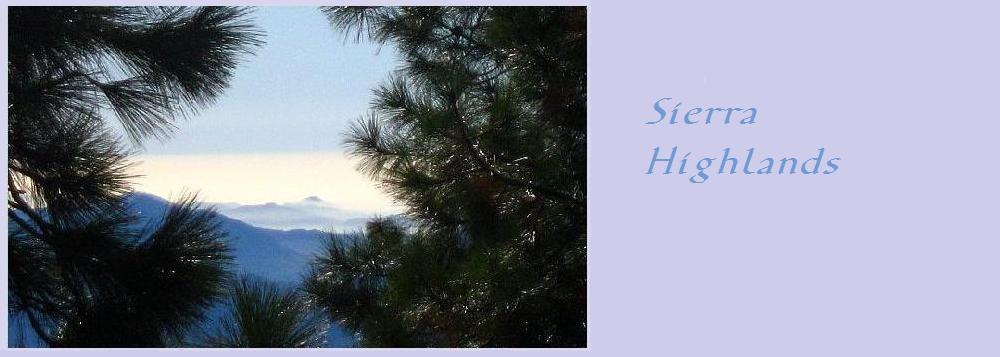But what I was going to do was put an old article about lectio cursiva and stataria on here -- I wrote it in 2003 under the title Changing the Pace and it was in reference to following Kolbe Academy's syllabus, just so you know. But I guess it could apply to any of those times when a homeschool needs to change its flow a bit. That often seems to be in January.
-------------------------
You know how it talks in Implementing Ignatian Education in the Home about lectio cursiva and lectio stataria? Basically, the idea is that some things in a given subject can be covered relatively quickly, while other things can be chosen to go into in more depth. The variety between a broad overview and an in-depth focus helps train the students to see both the "big picture" and to concentrate on the details.
A lot of the curriculum chosen by Kolbe seems to go this way naturally – e.g. Saxon, Voyages in English, Faith and Life, and Sadlier's Composition, to name a few, have"spiral" approaches where similar ground is covered every year but with a different focus or depth depending on maturity level and so on.
However, it is possible to use this concept as a tool for variety in the homeschool. You can still cover all the required material-- either by doing extra in one subject while doing less in another, or by using the course syllabus as an outline of what to cover, but covering it using a different book or resource. You can also add short courses of things that are not covered in the Kolbe syllabus, like Art and Music.
Some examples, since I see this is not very clear:
- Focusing on history, doing a lot of memory work and reading historical fiction, with timeline and notebook projects, while temporarily doing less of the exercises in the science text. Or sometimes, for science, we focus temporarily on all the experiments or field work that we DIDN'T do the rest of the year -- you know, the experiments that Kolbe schedules for the fifth day of the week. Contrarily, in spring we sometimes focus more on science with a lot of out-doors "nature study" while just reading through the history text.
- My oldest spent a term on a research paper composition course. During this time he did less work in grammar and none in vocabulary except a SAT practice course.
- My first grader is presently moving up a notch in reading skills, going from painful decoding to primer-level fluency. So we are having a language arts intensive right now, where he has several short lessons in reading per day and correspondingly less work in the other subjects.
- My middle two are above-average spellers, so we usually don't follow a spelling curriculum. But one year we made a Writing Road to Reading type spelling notebook, which was also practice in handwriting for my then 6th grader. Also, sometimes I have had them do their phonics or English lessons orally (especially when they were younger) to free up time to focus on something else, or to advance faster through the book if the lessons were easy and more or less review.
That kind of thing can easily be done without getting very far from the syllabus. The little variety or change of pace seems to help me and the kids. I guess I could also relate this to the Ignatian recommendation that the teachers always be ready to flex the material and tailor it to the class and also approach it from a fresh perspective each year so that teaching doesn't become stale and mechanical.
-----------------------------

No comments:
Post a Comment